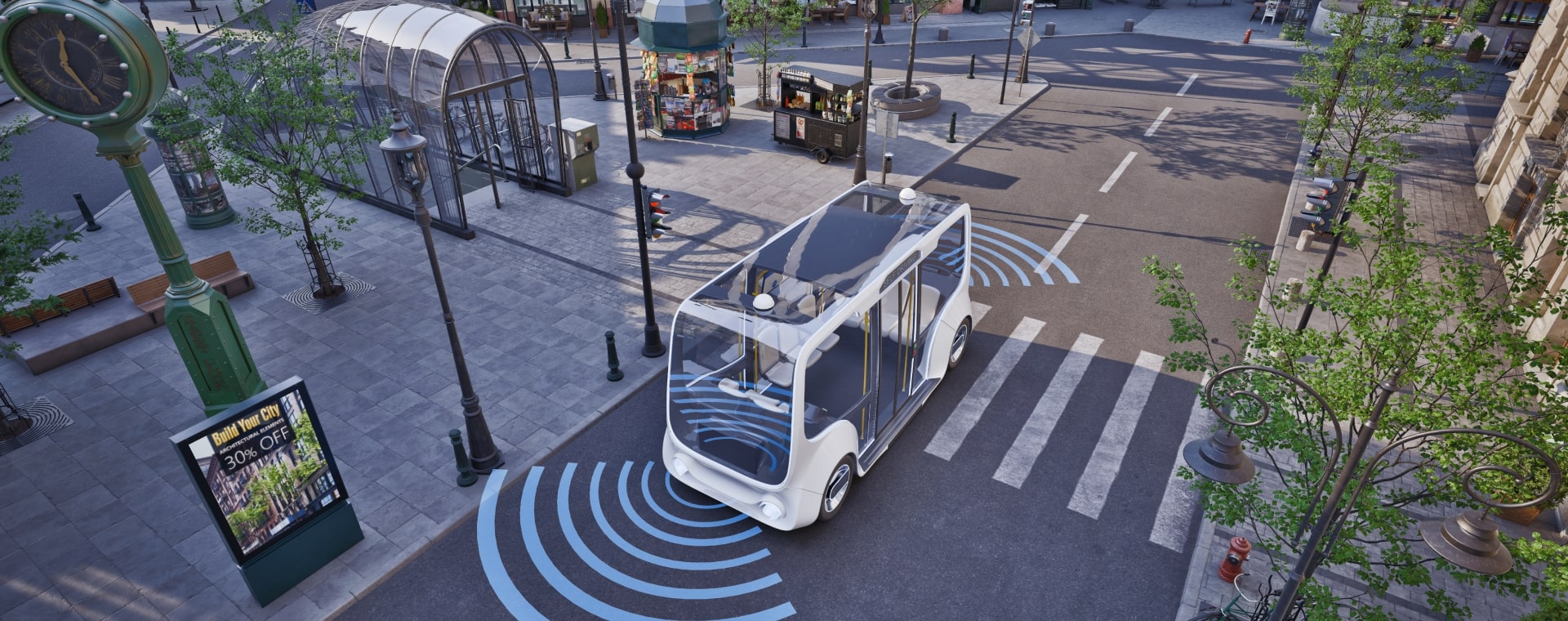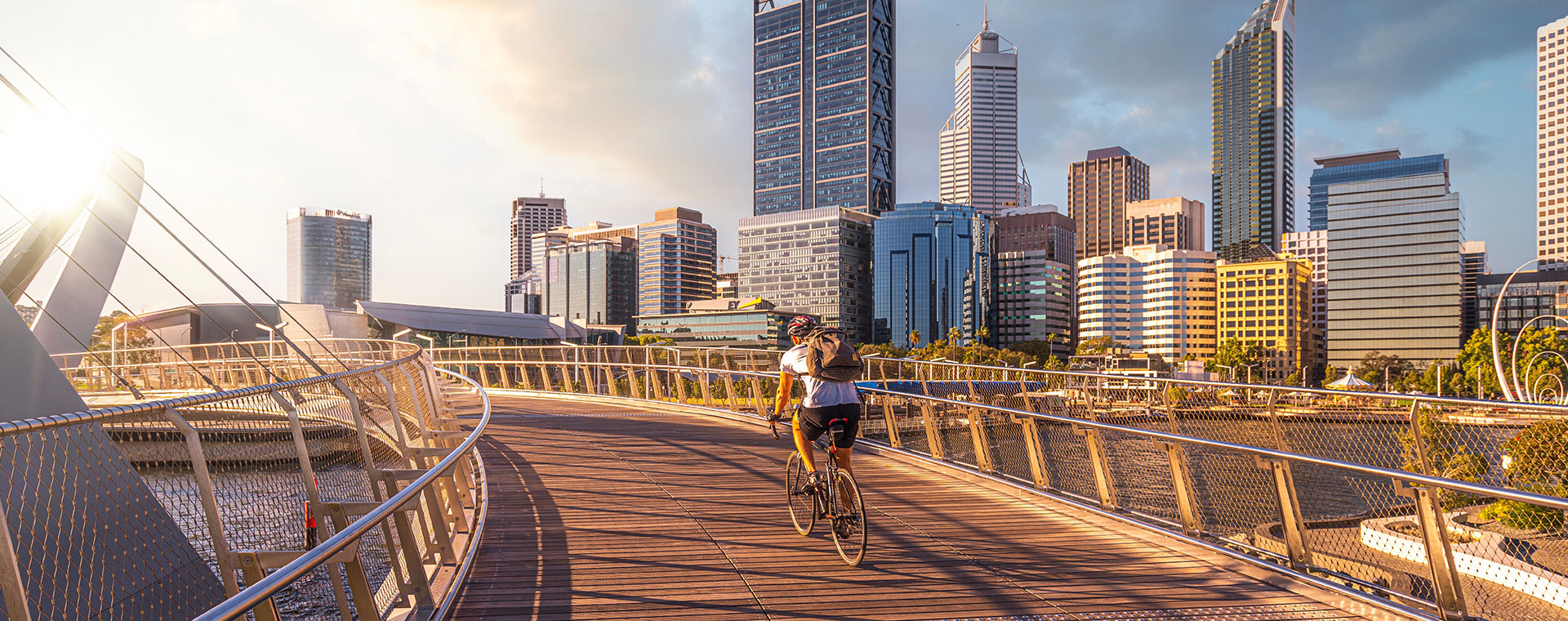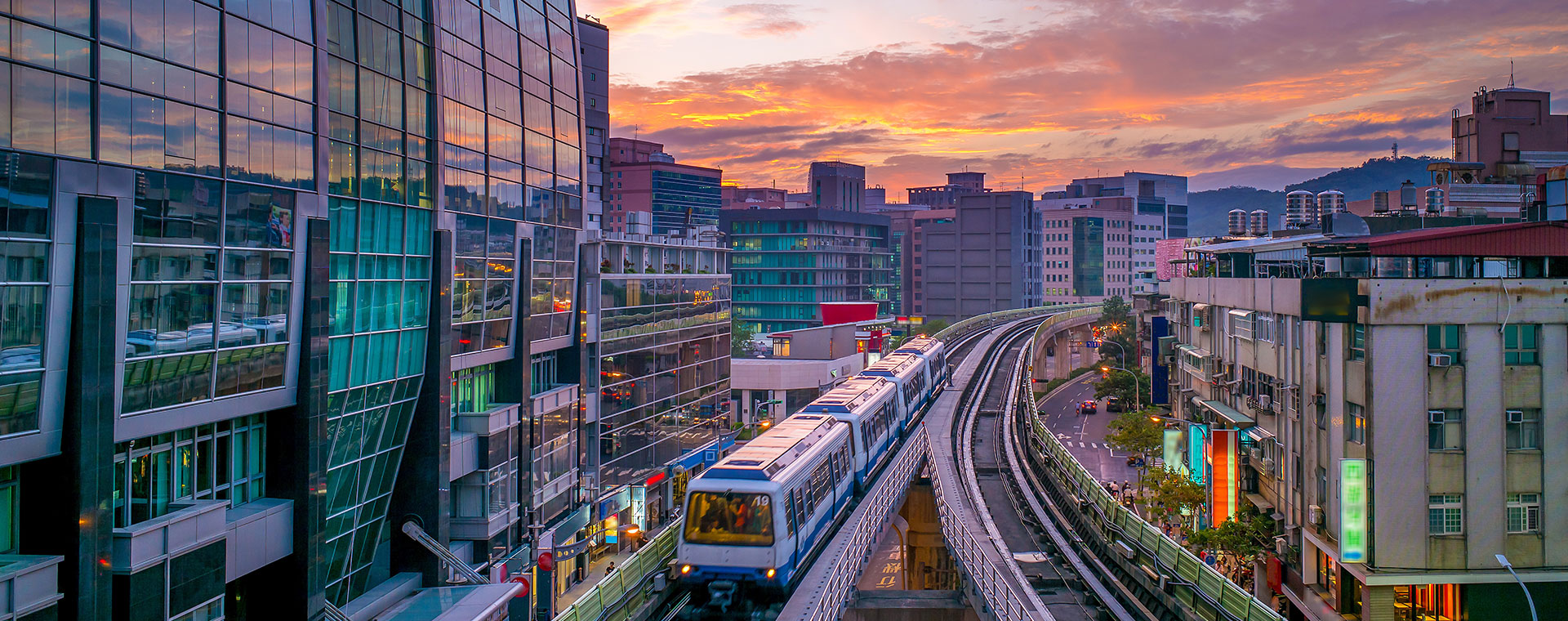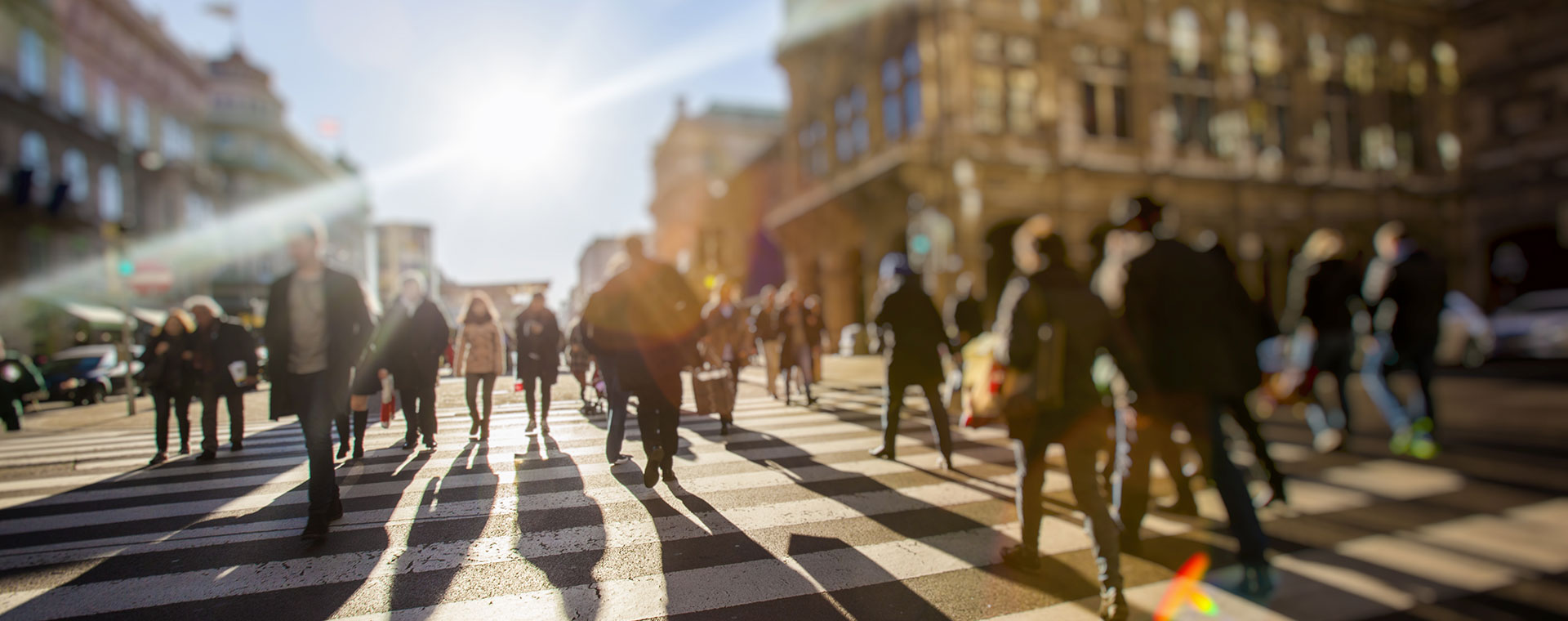Interview
Climate
What role can businesses play in climate change adaptation?
-
Adèle Tanguy
Researcher specializing in climate change adaptation policies within the Climate Program at the Institute for Sustainable Development and International Relations (IDDRI)

Adèle Tanguy, Researcher at IDDRI, analyzes the role of companies in the face of climate change.
What role can businesses play in climate change adaptation?
It's important that all stakeholders are involved in adapting to climate change, and that this becomes a way of structuring and making decisions. To achieve this, we need to go beyond the public and state spheres. This is the purpose of a national climate change adaptation plan like PNACC-3: the challenge is to be able to mobilize all players, including businesses. This is what was planned for certain companies and operators of vital importance in the PNACC-3, notably in the transport, energy and telecoms sectors. But behind this, there's a real need for this reflection to be conducted on a broader scale, and for us to move on from incremental, piecemeal adaptation to transformational adaptation, where we really think about the changes to our socio-economic systems and the way we operate.
All this could enable us to anticipate the actions we need to take in the future. These are transformations that need to be thought through at sector level, not within each individual company. This means bringing together the various stakeholders in a sector to reflect on these transformations. Behind this, the public authorities must also provide a framework for this discussion and put in place obligations, incentives and standards that will enable this reflection and these transformations to begin.
What governance strategies can strengthen the resilience of local areas against extreme events?
Adaptation is a subject that needs to be managed on a risk scale. These risks are often territorial, and it's important to take this into account. We also need to anticipate climatic hazards: precipitation, heat waves, drought, flooding, etc. We need to look at exposure and vulnerability factors. Exposure means, for example, seeing which populations, infrastructures and activities are going to be impacted by these hazards, and vulnerability, which is the greater or lesser propensity of these exposed objects to be affected by the climatic hazard. This means that, in terms of territorial governance, the challenge is to be able to make decisions on the scale of the risk, and therefore once again to bring together the various players in a territory affected by a risk or by a particular issue in a sector to make decisions.
Once future risks have been estimated, the question of adaptation also arises. This is a discussion that needs to take place at territorial level. If we want these paths to be desirable, we need to be able to include the local population in the discussions.
-
 Interview
Design
Interview
Design
Quel rapport entre architecture et mobilité pour nos villes ?
Madeleine Masse, Fondatrice et Présidente Atelier Soil
-
 Interview
Design
Interview
Design
Comment les individus peuvent-ils améliorer leur environnement urbain ?
Zeina Nazer, Co-fondatrice de Cities Forum et vice-présidente de ITS UK Road User Charging Forum
-
 Insights
Design
Insights
Design
Mobilités de demain et design urbain : quelles interactions et quelles interventions des citoyens ?
Edith Maruéjouls, Fondatrice du bureau d'études L'ARObE
Une ville qui pense la question de l’inclusivité, c'est une ville qui réfléchit au statut des femmes et à l'espace “du dehors” -
 Interview
Design
Interview
Design
Pourquoi l’aménagement urbain est une problématique clé de la mobilité
Boutaïna Araki, Présidente Clear Channel France
-
 Insights
Voiture
Insights
Voiture
Faut-il bannir les automobiles en ville ?
Brian Caulfield, Professeur en transport et directeur de département au Trinity College de Dublin, Expert auprès de l'Autorité nationale des transports (Irlande)
Les voitures n’auront pas leur place dans les villes de demain


